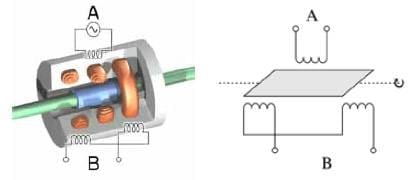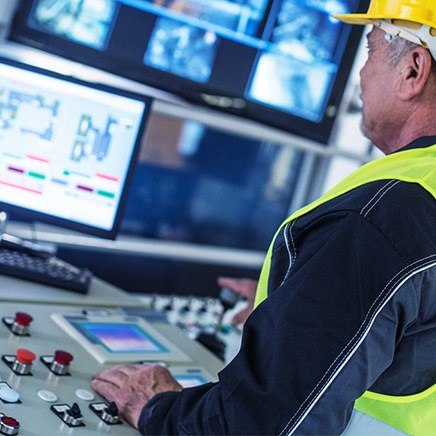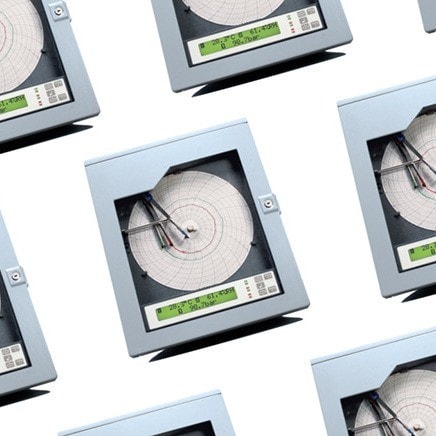Pushing further into the second decade of this century, our nation is faced with the persistent challenge of our aging transportation infrastructure. With ever-increasing traffic levels – and the resulting load limits placed on bridges – it is imperative to be vigilant in monitoring the health of our nation’s bridges.

Bridge Health Monitoring
Monitoring bridge health involves utilizing various methods and technologies to track data points and assess the overall condition and performance of a bridge over a period of time. By monitoring variables such as expansion, contraction, and shifts, issues can be identified before they become serious problems.
In the past, bridge monitoring was performed periodically by inspectors. Inconsistency and inevitable human error were consistent potential risks. However, in today’s world, comprehensive bridge monitoring can be achieved electronically – and civil engineers responsible for maintaining infrastructure integrity are becoming increasingly aware of the benefits sensor technology provides in assessing bridge conditions. In a relatively short time span, the expense of equipping a typical bridge with sensors can be justified by the savings from reducing the need for frequent inspections by experienced crews.
To provide the comprehensive monitoring capabilities needed to ensure bridge health, precise and reliable sensors are essential. Two such sensor types that have proven to be highly effective in bridge monitoring are LVDTs and LVITs.
LVDTs
LVDTs (Linear Variable Differential Transformers) are precise, robust sensors that are used to measure linear displacement. These sensors operate based on mutual inductance – a phenomenon in electromagnetism where a change in the current flowing through one coil or circuit induces a voltage in a nearby coil due to their magnetic interaction – providing an electrical output proportional to the position of a movable core.
Typically, these sensors consist of a primary coil, two secondary coils, and a movable ferromagnetic core. They are usually available in various measurement ranges, from a few millimeters to several inches, and provide high accuracy and fine resolution, necessary variables for critical measurements.
 Principle of Rotary Variable Differential Transformer
Principle of Rotary Variable Differential Transformer
LVITs
LVITs (Linear Variable Inductance Transducers), which also operate based on inductance, use inductive coils to detect changes in position. Inside an LVIT sensor, there is a movable core or plunger that changes its position relative to a fixed coil. As the core moves, it alters the inductance of the coil. This change in inductance is then converted into an electrical signal that corresponds to the displacement of the core.
LVTDs and LVITs provide the high precision necessary to confidently monitor displacement measurements in bridges, allowing engineers to detect even the most minute changes in bridge structure. They also provide contactless, non-contact measurements, ensuring that the integrity of the bridge components is not compromised during installation and on-going measurement.
Designed to withstand harsh environmental conditions, including temperature fluctuations, moisture, and vibration, the robust nature of these devices is what allows them to provide long-term stability and consistent performance over long periods, which is essential for continuous bridge health monitoring.
But Wait... There's More
LVDT and LVIT sensors are not only pivotal for bridge health monitoring, but also excel in a range of other high-precision applications. In aerospace testing, these sensors track critical component displacements during stress and fatigue tests, evaluating aircraft durability and safety under simulated conditions.
In the automotive industry, they are used to measure positions such as suspension travel, throttle, and brake positioning to ensure vehicle stability and control – as well as to track displacement in engine valves and gearboxes.
When it comes to manufacturing automation, LVDTs and LVITs are integral to robotics, providing precise positioning on assembly lines and maintaining product quality and efficiency in high-speed production environments.
For medical equipment, these sensors monitor infusion pump movements for precise delivery rates and ensure accurate operation of surgical instruments in minimally invasive procedures.
In the oil and gas sector, these sensors enhance operational safety and efficiency by monitoring the position of drill bits and other mechanical components in drilling equipment and play a vital role in pipeline monitoring to detect and measure structural shifts or abnormalities, preventing failures.
Omega Ingenuity
Omega offers a diverse and comprehensive range of LVDT and LVIT sensors designed to meet the demands of even the most extreme conditions – ensuring reliable performance and accurate measurements, no matter the application.
Omega LDI-127

The LDI-127 sensor is a robust and reliable LVDT designed for high-precision linear displacement measurement, and these devices feature a durable construction that is well-suited for harsh industrial environments.
LDI-127 sensors provide high accuracy and repeatability, making them ideal for critical applications where precision is paramount.
Omega LD620
The LD620 sensor is a versatile LVDT offering a wide measurement range and excellent linearity, making it a suitable device for applications requiring precise position feedback and control.
Its compact design allows for easy integration into various systems, ensuring adaptability across different industrial and automation applications.
Omega LDI-119
The LDI-119 sensor is a high-resolution LVDT designed for applications requiring fine measurement accuracy. These sensors offer a wide operating temperature range, ensuring reliable performance – even in extreme conditions.
These devices are ideal for use in research and development, quality control, and industrial automation.
Omega LD630

The LD630 sensor is known for its robust performance and long-term stability in demanding applications, providing excellent environmental protection that makes it suitable for both outdoor and industrial environments.
The high sensitivity and precision of these devices make them a top choice for structural health monitoring and material testing, ensuring accurate and reliable data collection.
Omega products are trusted worldwide, and our engineering team is dedicated to designing and manufacturing innovative, reliable solutions that help customers achieve their application goals. Our comprehensive range of Displacement Transducers is used in applications from bridge health monitoring to space exploration and beyond.

